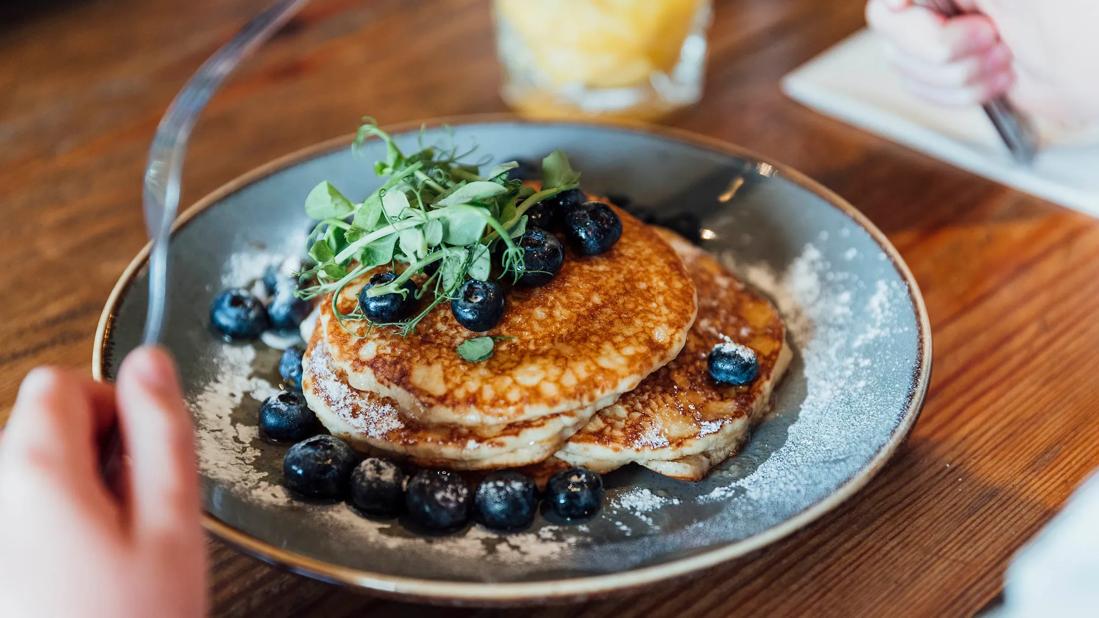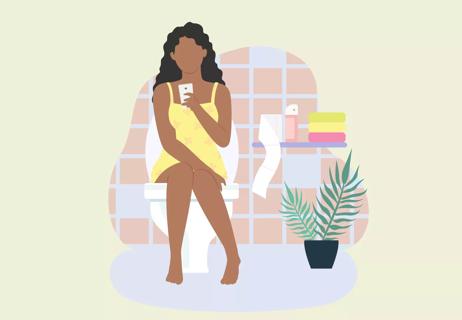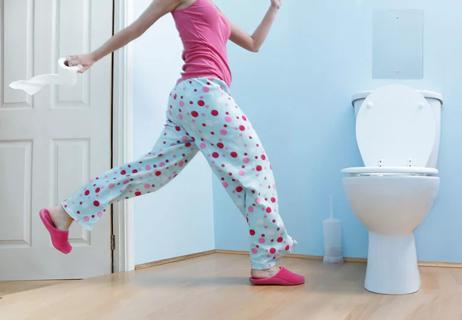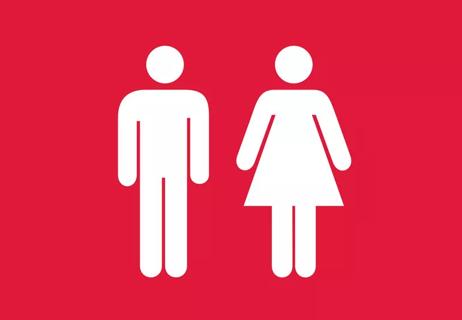Diet offers a rainbow of possibilities when it comes to the hue of your stool

Food that goes into your gut must come out — and it usually comes out in shades of brown. So, it can be quite a surprise if your poop is suddenly red, green, orange or another unexpected hue.
Advertisement
Cleveland Clinic is a non-profit academic medical center. Advertising on our site helps support our mission. We do not endorse non-Cleveland Clinic products or services. Policy
In some cases, crayon-colored stool is a clue that there’s a health issue that needs attention, says gastroenterologist Christine Lee, MD. But usually, that unusual tint comes down to diet.
“A lot of foods we eat can change the color of a bowel movement,” says Dr. Lee.
Let’s learn more about technicolor movements.
Stool gets its typical brownish color from bile, a greenish-brown fluid that aids digestion. That alone can lead to slight color changes day to day as bile levels in your gut naturally fluctuate, explains Dr. Lee.
But when you factor in the influence of foods you eat, you’re looking at a rainbow of possibilities.
Here are some common causes of colorful number twos.
If you nibble on spinach, kale, broccoli and other vegetables like a rabbit in a garden, don’t be surprised to see bright green poop. That’s because the chlorophyll that gives veggies their green color can do the same to your stool.
Blueberries can paint your poo … well, blueish. (No surprise there, right? The color is in the fruit’s name, after all.) The tint can go so dark it looks almost black if you eat a lot of blueberries, too. Shades of green aren’t out of the question either.
The tinting comes courtesy of pigments in anthocyanin, a compound in blueberries and other colorful fruits and flowers.
Advertisement
A red pigment called betanin gives beets their intense red color. Mix that into your digestive system and your stool can take on a blood-red color. “The results tend to scare some people,” notes Dr. Lee.
Eating beets also may turn your urine a bit reddish, a discoloration known as beeturia.
Ever wonder why pistachios are green? It’s a byproduct of chlorophyll (the same pigment that colors green vegetables), as well as other flavonoids and carotenoids packed into the heart-healthy nut.
All that beta-carotene in carrots is good for you, but it can turn your waste orange. “You’d have to eat a lot of carrots, though,” Dr. Lee clarifies. “We tend to see this more in people who guzzle carrot juice.”
Overindulging on carrots can also turn your skin an orange-like color, a condition known as carotenemia.
By now, you’ve probably caught on to the theme. If you eat a lot of green food, you might see a similar color pop out of your other end later. The list includes avocados, various herbs, matcha (powdered green tea) … well, you get the picture.
The same holds true if you eat food that’s:
Bright frosting on a cupcake can turn your poo into some interesting (and unnatural) shades. That’s the power of artificial food coloring, which continues tinting whatever it touches even after it’s consumed.
If you scarf down handfuls of rainbow-colored candy, the colors might even mix to turn your poop black. (As you might expect, black licorice can do the same thing.)
Medicines can do weird things to the color of your bowel movements. Some antibiotics may tint poop yellow or green, for instance. That bubblegum-pink Pepto-Bismol® you swallow for an upset stomach can turn stool jet black.
And if you’re taking iron supplements, don’t be surprised to see your poop turn a dark green or even blackish, says Dr. Lee.
Any food-related tint should disappear quickly once the source is flushed from your system, shares Dr. Lee. The process could take a few days.
But if the unusual colors linger, it could be a sign that something more is going on. That’s especially true if you can’t connect the odd-looking hue to something that hit your belly.
Unexplained colors could be a sign of issues such as:
Advertisement
Touch base with a healthcare provider if your poop refuses to go back to boring brown, especially if the unusual shade is accompanied by other symptoms like unexplained weight loss, pain, fatigue, fever or rectal bleeding.
“These are considered alarm features that deserve prompt medical attention,” emphasizes Dr. Lee.
The best rule of thumb? “Ask yourself ‘How are you feeling?’ to put everything in context,” she advises. “If you feel normal and don’t have diarrhea, the majority of the time, colored stool stems from something you ate and will resolve without intervention.”
Advertisement
Learn more about our editorial process.
Advertisement

Excess mucus, ulcers, a high-fat diet and pancreatic conditions can make stool sticky

There’s usually a simple answer, like what you ate, but the color can also be a cause for concern

If it’s brown, yellow or green, there’s typically no need to worry, but call your pediatrician if your little one’s stool is red, black or white

Everyone poops, but here’s what may affect how often you visit the toilet

Your #2 can be the #1 sign of a medical issue

What are your bowel movements telling you?

The best parenting style balances enforcing rules and showing plenty of love

Tips include cutting back on sugar, focusing on exercise and managing stress

It can be harder to let go when you’ve invested time, energy and emotions — but it might be the healthier choice long term